The Museum of the Imperial Palace of Manchukuo
The Museum of the Imperial Palace of “Manchukuo†is located in Guangfubei Road, Kuancheng District, Changchun City. It is a Palace Ruins Museum built on the site of the Puppet Manchu Palace. It is mainly responsible for the protection, restoration, utilization, collection, preservation and research of cultural relics and materials of the Puppet Manchu Palace. It also excavates the special historical and cultural connotation of the palace site and holds the museum. Corresponding exhibitions reveal Japan's invasion of Northeast China, enslavement and maiming of the people of Northeast China, and the traitor puppet regime of Puyi, the puppet emperor of Manchu, as well as their sinful acts of loyalty to the Japanese aggressors and the distorted court life at that time, and carry out modern history and patriotic education.
The Puppet Manchu Palace Museum has successively completed the protection, restoration and internal restoration of the main buildings and facilities, such as Qinmin Building, Tongde Hall, Huaiyuan Building, Qixi Building and Dongyu Garden. It has formed an Eastern warning education zone based on the exhibition hall of the occupied history of Northeast China, and a Western rest with the racetrack and the exhibition hall of national culture as the main carriers. The leisure culture exhibition area consists of four major functional areas: the Royal Characteristic Tourist Area with Tongde Dian and Qinmin Building as its core, and the Southern Commercial and Trade Service Area relying on the Antique Art Exchange Center and Royal Palace Food. The Palace Museum of Puppet Manchukuo also has more than 50 basic exhibitions and original exhibitions, such as "From Emperor to Citizen - Life of Aixinjueluo Puyi" and "Forget the History of Japan's Invasion of Northeast China on September 18th".
On May 24, 2007, the Puppet Manchu Palace Museum was awarded as the advanced collective of the national cultural relics system. In 2009, the Puppet Manchu Palace Museum was awarded the fourth batch of national patriotic education demonstration bases. In 2013, the Puppet Manchu Palace Museum was awarded the national key cultural relics protection unit. On May 18, 2017, the Puppet Manchu Palace Museum was awarded the first-class national museum. On October 11, 2018, it was selected as the "National Practical Education Base for Primary and Secondary School Students".
In July 1962, Zhou Yang, then Vice Minister of Propaganda, made an instruction after inspecting the old site of the Puppet Manchu Palace that "Puppet Manchu Palace should be managed by the cultural department to make it a place for exhibiting the first half of the life of the last emperor of China and the crimes of Japanese imperialist aggression against the Northeast".
On December 1, 1962, the Standing Committee of the CPC Jilin Provincial Committee made a decision: "It was agreed to submit the puppet Palace site to the Provincial Bureau of Culture for the preparation of the exhibition hall."
On December 24, 1962, the Puppet Imperial Palace Exhibition Hall in Jilin Province was founded. At that time, it was named as the Exhibition Hall of the Fourteen-Year Crimes of Japanese Imperial Aggression against Northeast China.
On July 28, 1964, the Propaganda Department of the CPC Jilin Provincial Committee and the Jilin Provincial Cultural Bureau decided to co-operate the Puppet Palace Exhibition Hall of Jilin Province with the Jilin Provincial Museum.
On August 16, 1982, with the approval of the People's Government of Jilin Province, the exhibition hall of the Puppet Palace in Jilin Province was restored to its construction system, and the old site of the puppet palace was accepted as the site from Changchun No. 2 Nonmetallic Material Testing Machine Factory.
In 1984, the main buildings in the core area of the Puppet Manchu Palace, such as Qinmin Building and Qixi Building, were successively restored and opened to the outside world. The open area was less than one tenth of the original area of the Puppet Manchu Palace site.
In July 2000, the CPC Jilin Provincial Committee and the Jilin Provincial People's Government decided to assign the old site of the Puppet Manchu Palace to Changchun City for territorial administration.
In February 2001, the Puppet Palace Museum in Jilin Province was renamed "Puppet Manchu Palace Museum".
The Puppet Manchu Palace Museum collects a large number of artistic works such as puppet Manchu Palace relics, Japanese modern and contemporary relics, Northeast modern and contemporary relics, folk cultural relics, modern and representative paintings, sculptures, non-hereditary inheritance works and so on. These include Puyi Diary, Puppet Manchu Ruling Decree, famous Japanese calligraphy, paintings, famous kiln ceramics such as Jiugu, Guodao, Samo in Japan, and precious cultural relics such as steam locomotives produced by Baldwin Locomotive Works in 1889.
On May 24, 2007, the Puppet Manchu Palace Museum was awarded as the advanced collective of the national cultural relics system.
In 2009, the Puppet Manchu Palace Museum was awarded the fourth batch of national patriotic education demonstration bases.
In 2013, the Puppet Manchu Palace Museum was awarded the national key cultural relics protection unit.
On May 18, 2017, the Puppet Manchu Palace Museum was awarded the first-class national museum.
From 2001 to April 27, 2012, the Puppet Manchu Palace Museum was awarded the first batch of national AAAAA-level tourist attractions.
The main function of the Puppet Manchukuo Palace Museum is to expose the sinful acts of Japanese occupation of Northeast China, enslavement and mutilation of the people of Northeast China, and puppet emperor Puyi of Puppet Manchukuo in pursuit of national betrayal and glory, to educate the masses of the people, especially young people, in patriotism and modern history, and to carry out education for the people. The masses, especially young people, have played an irreplaceable role in patriotic education.
Opening Hours
Tickets are sold from 8:30 to 16:10 from May 1 to October 7. The opening time of the pavilion is from 8:30 to 17:20.
Tickets are sold from 8:30 to 15:40 from October 1 to April 30, the following year. The opening time of the pavilion is from 8:30 to 16:50.
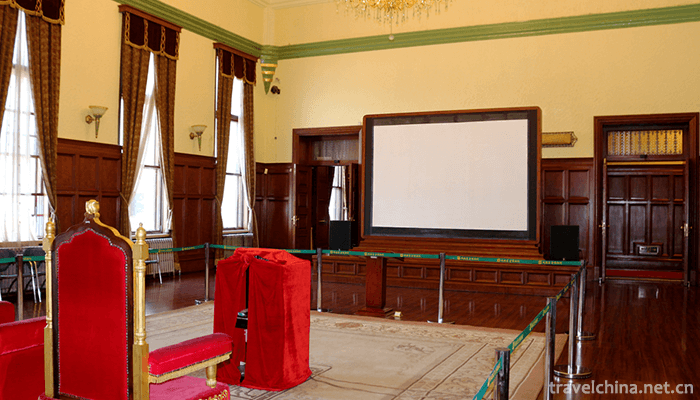
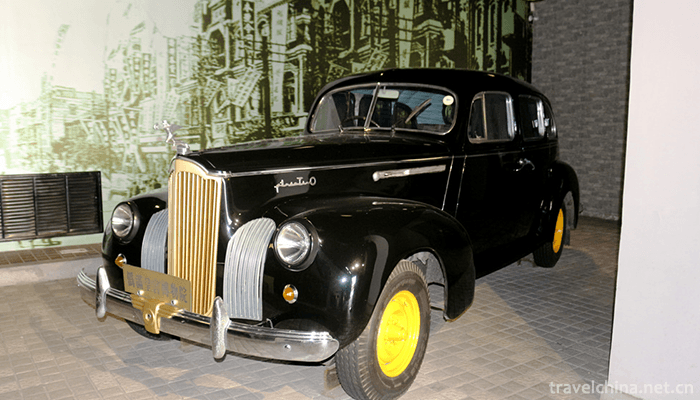
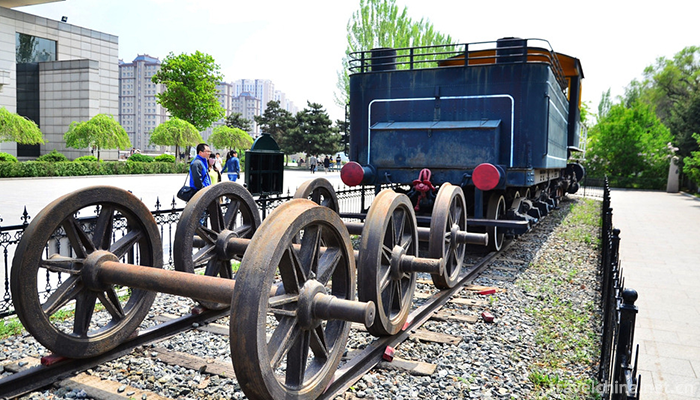
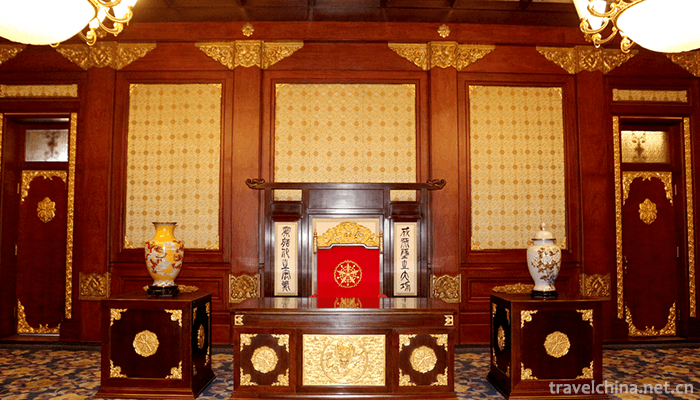
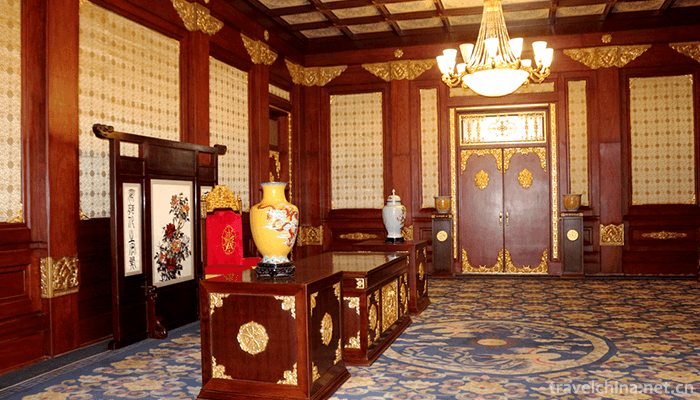

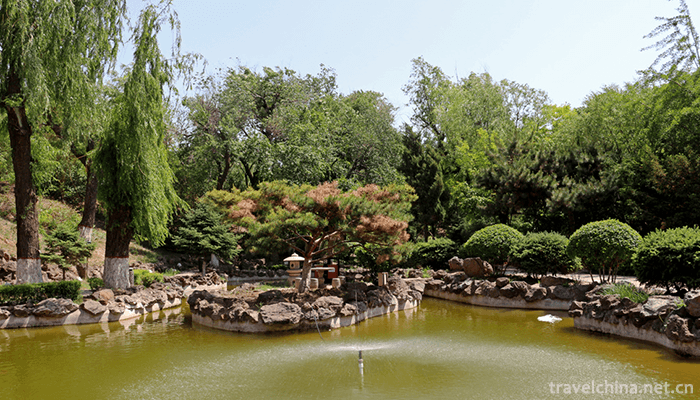
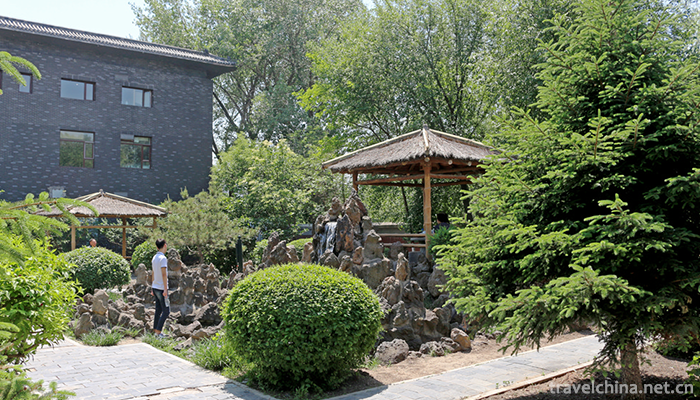
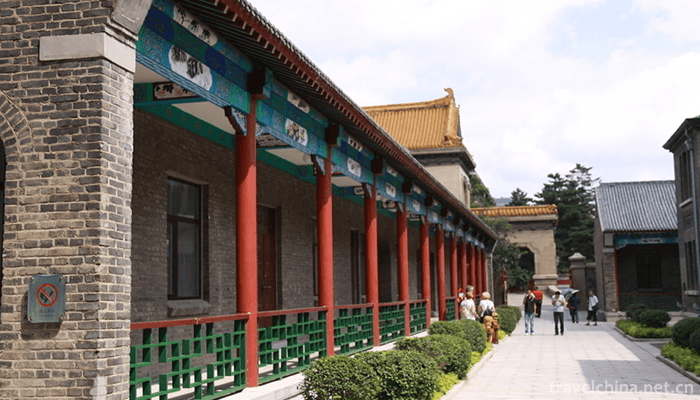
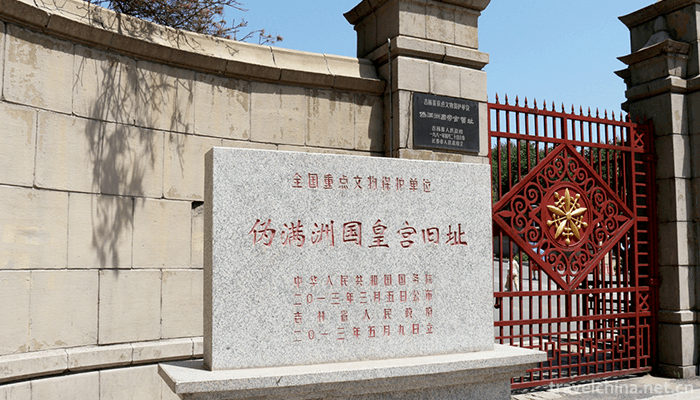
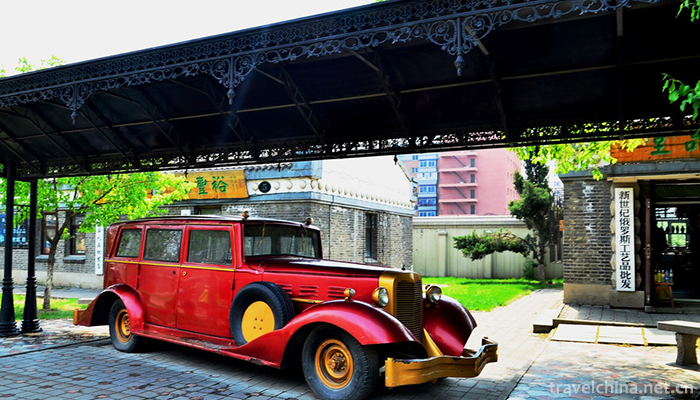
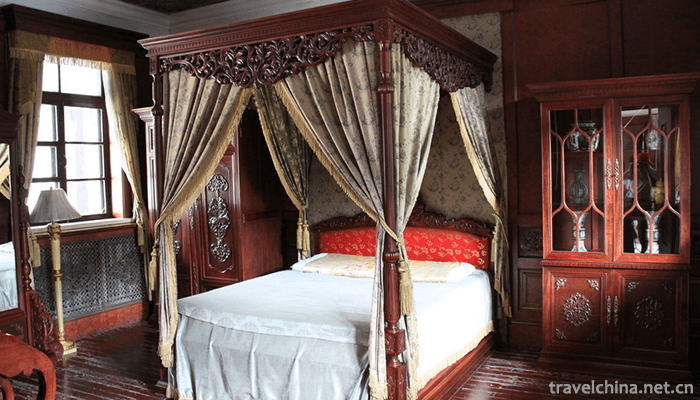
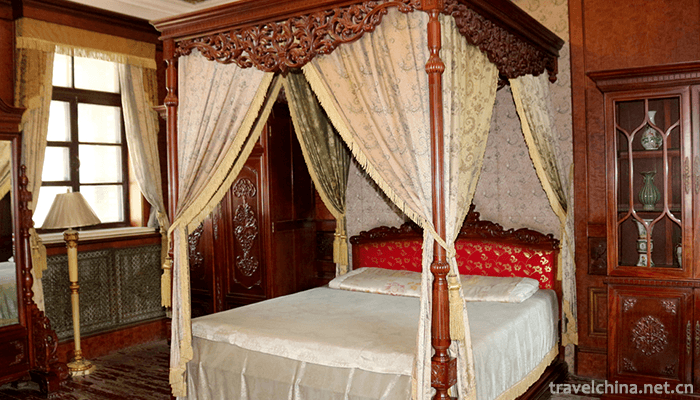
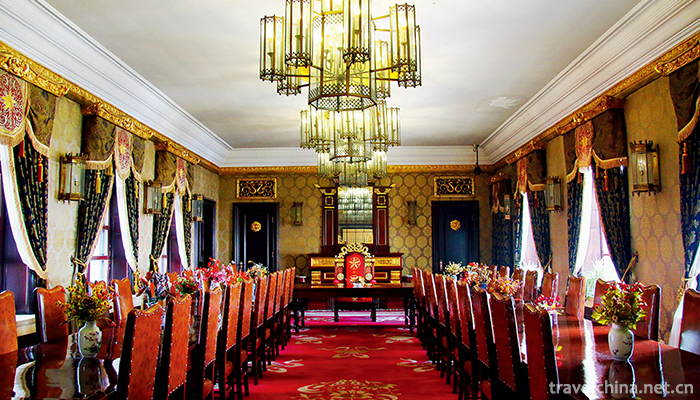
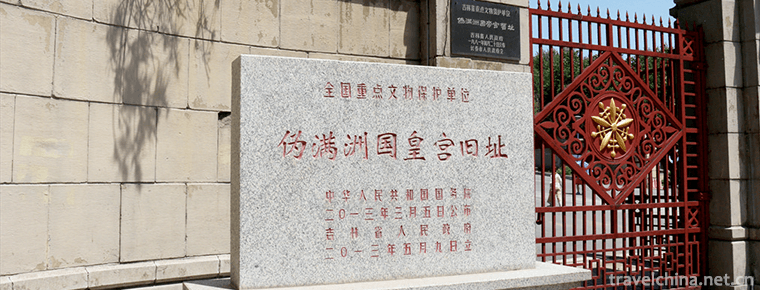
-
1.Guangfu Ancient City Scenic AreaHandan City Hebei Province
Yongnian Guangfu City, also known as Yongnian City , Guangfu Ancient City , Ancient City , Guangfu City , Shuicheng , Taiji City , Shuicheng , is located in the southeast of Hebei Province
Time 2018-11-24 -
2.Dongjiang Lake Tourist Area Coconut City
Dongjiang Lake Scenic Tourist Area is located in Zixing City, Hunan Province. It is a national scenic spot, a national 5A scenic spot and a national wetland park.
Time 2018-12-12 -
3.Dang Kou ancient town
Dangkou Ancient Town is located in the southeast of Xishan District, Wuxi City, Jiangsu Province. It is adjacent to the Yue noble tombs and Taibo Tombs in the west, and to Suzhou and Changshu in the e
Time 2019-01-08 -
4.Baiyundong Tourist Area Kongshan
Baiyundong in Kongshan Mountain is a national key scenic spot, National Geological Park and national AAAA level scenic spot. Located in Lincheng County of Xingtai City
Time 2019-01-29 -
5.Yuanshan National Forest Park
Yuanshan National Forest Park is located in the southwest of Boshan District, Zibo City, Shandong Province. It was established in 1992 with the approval of the Ministry of Forestry.
Time 2019-03-09 -
6.Tibetan Engraving and Printing Skills of Dege School of Printing
Tibetan engraving and printing skills of Dege Printing Institute, local traditional handicraft skills of Dege County, Sichuan Province, and one of the national intangible cultural heritages.
Time 2019-04-26 -
7.Firing Techniques of Guangcai Porcelain
Guangcai Porcelain Firing Technology, a local traditional handicraft in Guangzhou, Guangdong Province, is one of the national intangible cultural heritages.
Time 2019-05-01 -
8.Hubei storytelling
The evaluation of books in Hubei Province is a traditional art of rap and singing in Hubei Province. Popular in northern China, as an independent variety of storytelling,
Time 2019-05-03 -
9.Jiaodong drum
Jiaodong Drum is a folk folk folk art form which originated in the coastal counties of Jiaodong Peninsula. It has a history of more than 260 years so far. It originated from the blind
Time 2019-05-06 -
10.yangzhou storytelling
Yangzhou Dialect Commentary is a kind of folk art storytelling in Yangzhou dialect, which was developed in the early Qing Dynasty and popular in northern Jiangsu and Zhenjiang, Nanjing and Shanghai.
Time 2019-07-10 -
11.History of Mianyang
Mianyang, located in the south of Mianshan mountain, was named Mianyang in 1913 according to the ancient meaning of "south mountain and North Water" as "Yang".
Time 2020-12-14 -
12.Neijiang ten sages
Ten sages are outstanding representatives of historical figures in Neijiang, which are described as "one division, two phases, three number one scholars and four great masters";
Time 2020-12-16